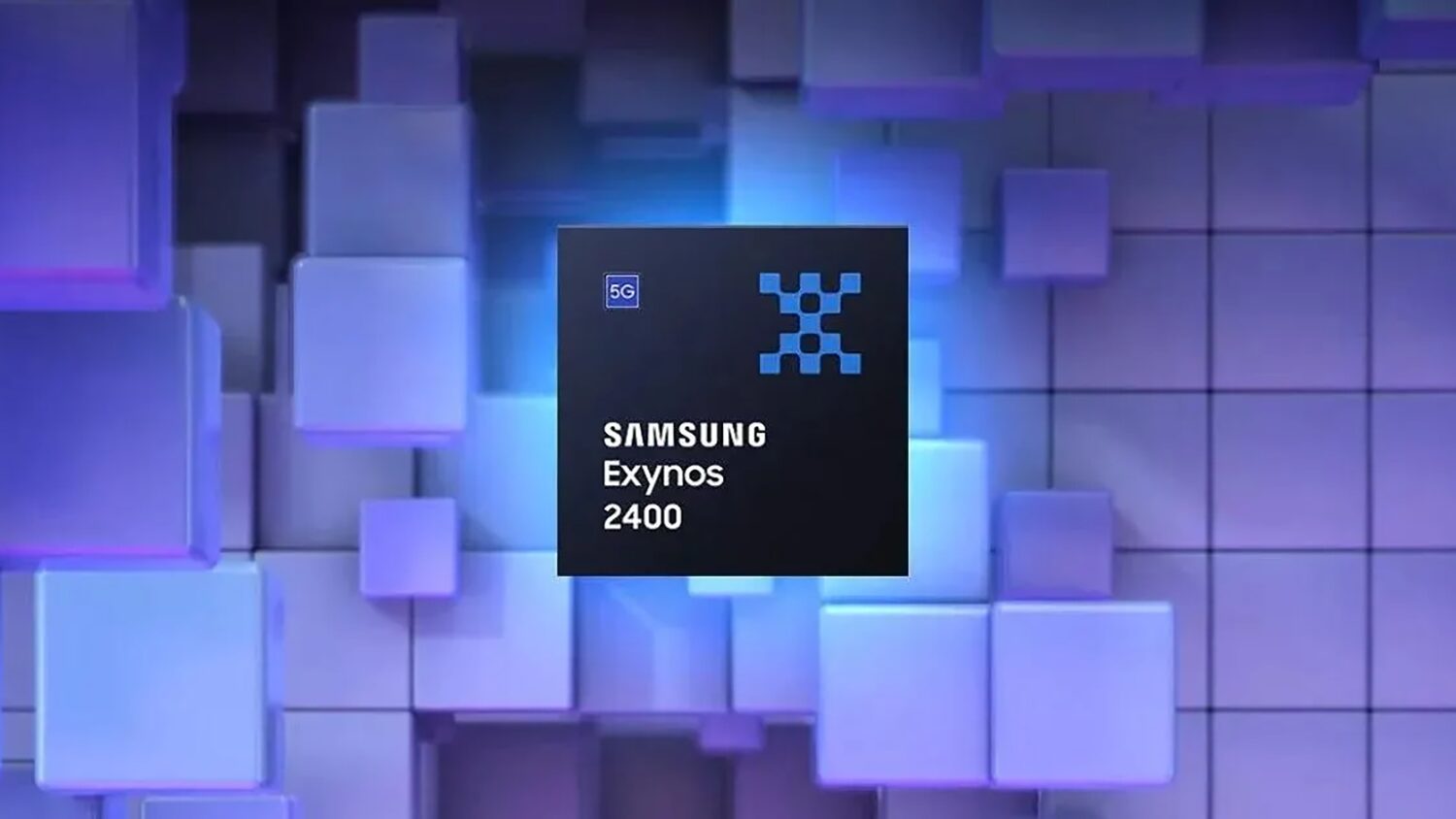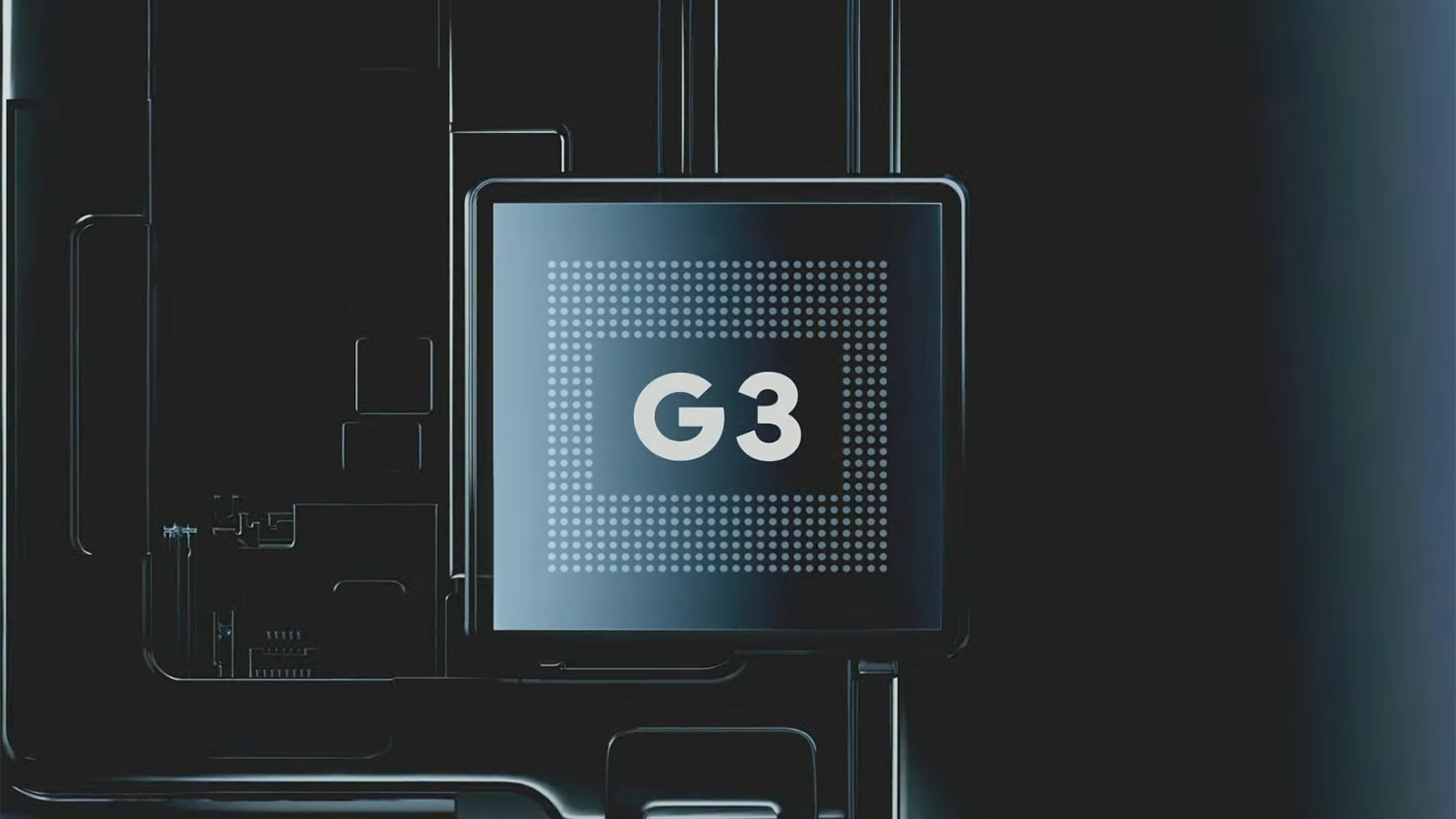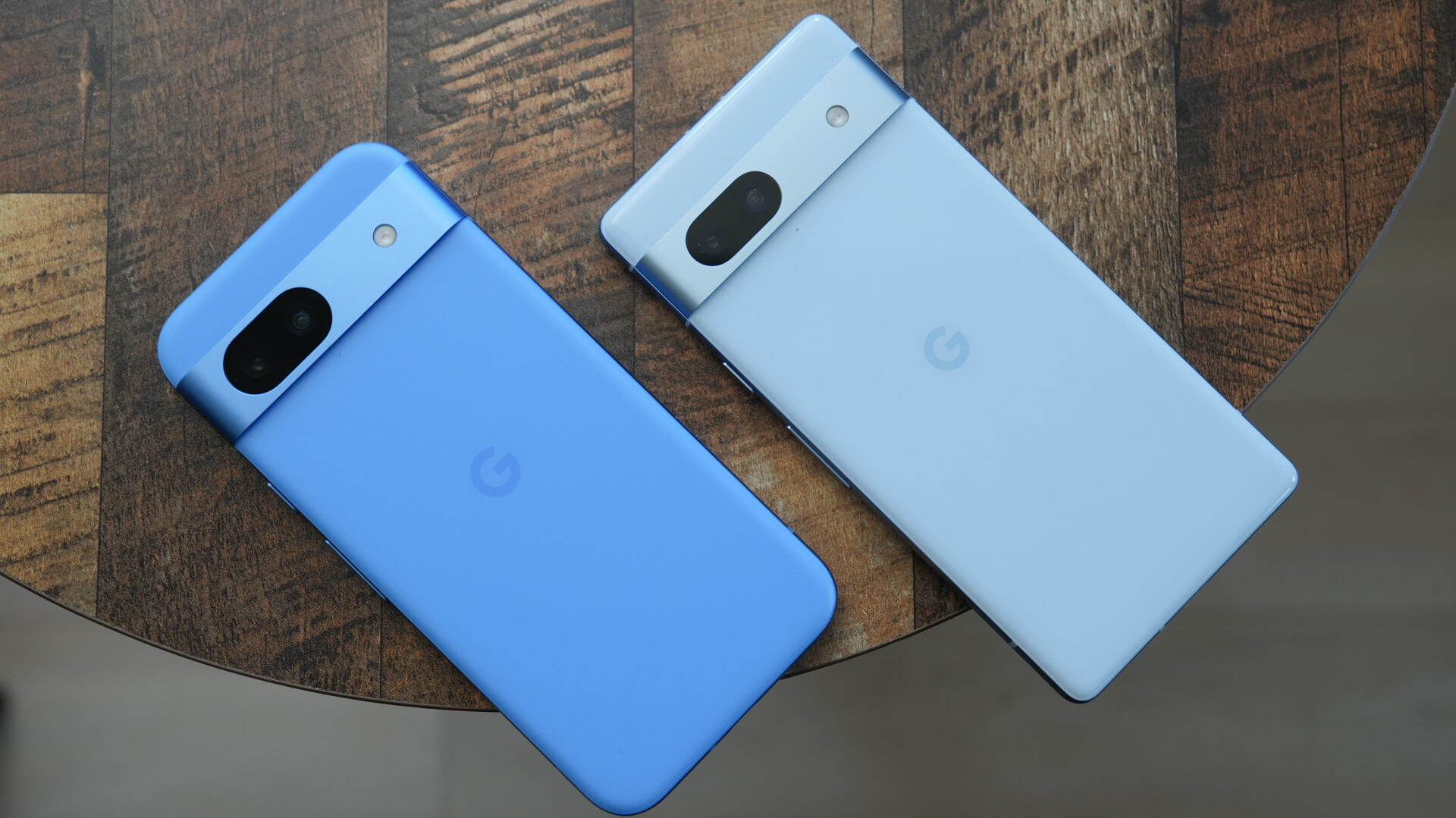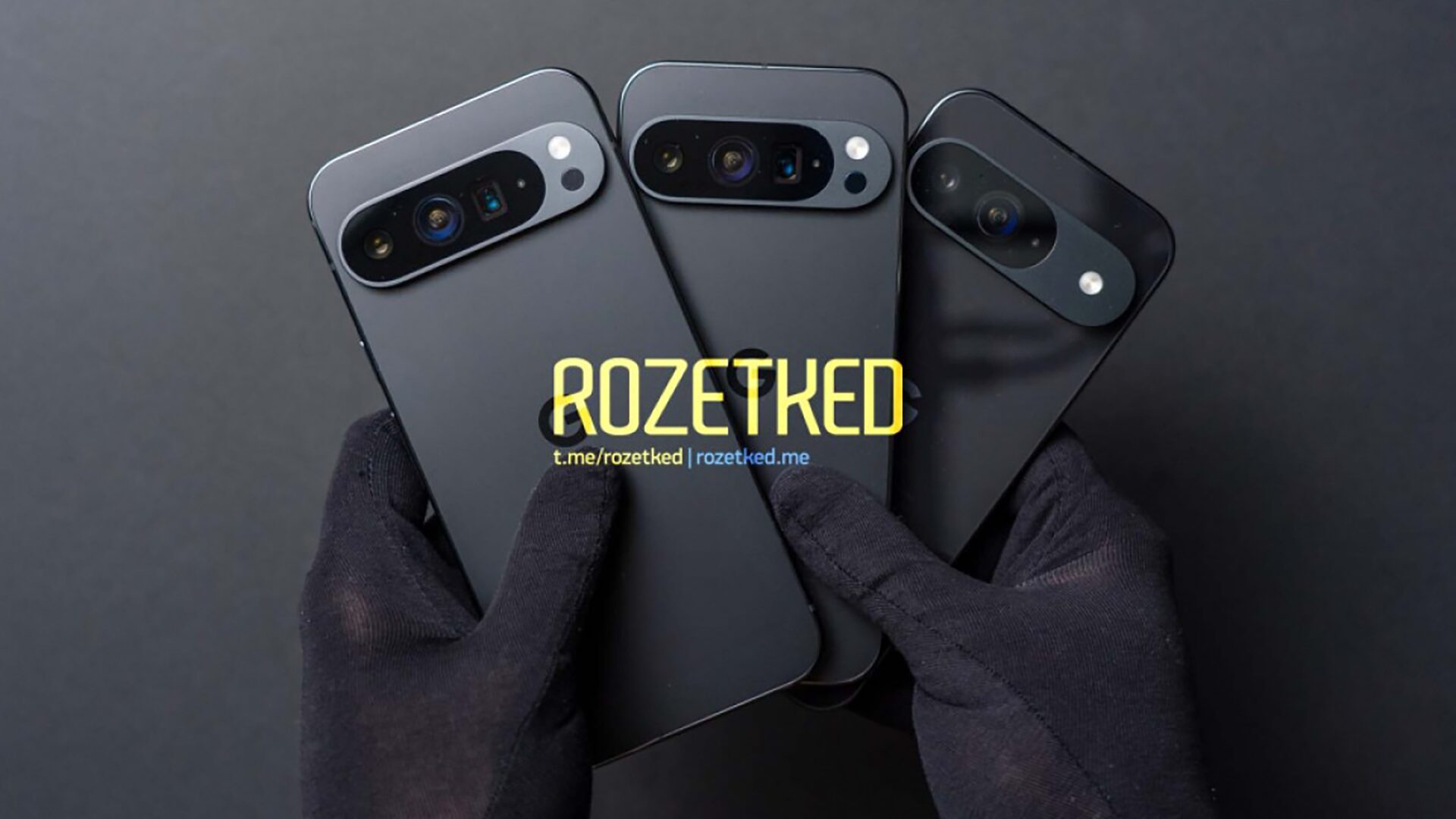Based on the latest information, it is very likely that Google will switch to TSMC for the Google Tensor G5. On the contraryPixel 9The Google Tensor G4 to be installed will be the last device produced by Samsung.
This time, Android Authority mentioned the Google Pixel 9 series benchmark, so I would like to briefly summarize it.
The architecture is revealed.
The configuration was known from prior information and the Pixel 9 benchmark was leaked, but the detailed architecture was unknown, but this time a Russian site published a benchmark test based on the Pixel 9 series prototype, and it turns out that the results have been announced.
Firstly, looking at the architecture, it uses the main core Cortex-X4 which runs at 3.1GHz. It also has three Cortex-A720 cores as medium cores and four Cortex-A520 cores as high efficiency cores.
| building | Tensioner G3 | Tensioner G4 |
| the basic | Cortex-X3(2.91GHz)x1 | Cortex-X4(3.1GHz)x1 |
| Central nucleus | Cortex-A715(2.36GHz)x4 | Cortex-A720(2.6GHz)x3 |
| High efficiency core | Cortex-A515(1.70GHz)x4 | Cortex-A520(1.95GHz)x4 |
The Google Tensor G3 installed in the current model has a 9-core configuration, but the Google Tensor G4 has a relatively traditional 8-core configuration, so I was personally a bit surprised.
Another thing to note is that although the number of middle cores has been reduced by one, the architecture itself has been updated, and the clock speed itself has been raised to maintain performance.
Although we cannot confirm the GPU with this information, it is possible that it has been updated. Above all, I personally feel comfortable that the main core uses Cortex-X4 like Exynos2400 and Snapdragon 8 Gen 3, so in terms of capabilities it is as good as the latest SoCs from other companies.
I would like to check the benchmark result, but please note that this time the result is just a prototype, so the result may differ significantly from the product version.
Moreover, the Pixel 9 has about 1.07 million points, the Pixel 9 Pro has 1.44 million points, and the Pixel 9 Pro XL has 1.17 million points, so if you look at the results this time, you can see that the results are almost the same as the Pixel 8 series.
By the way, the Pixel 9 has 12GB of RAM, while the Pixel 9 Pro series has 16GB of RAM. The most important thing about this information is that the structure is revealed, not the result.
I think there will be a fair number of people who will cut the result and criticize it as garbage, but I personally don't think there is any point in criticizing the prototype result instead of the average value.
The purpose may be to improve stability and enhance artificial intelligence.

Therefore, although the contents are different, the outer box part and manufacturing method may be the same as the Exynos2400.
I think the reason Google adopted Samsung's 4nm process base is that the switch to TSMC was not timely, but in addition to achieving power efficiency within Google's acceptable range, the Google Tensor G3 is said to be an improvement over.
I don't have detailed knowledge so I can't say anything, but it is said that the smaller/thinner the semiconductors become, the more power efficiency is improved, and Samsung's new packaging technology seems to be a huge success.

At least from current information, it might be easy to judge that it is a degraded version of the Exynos2400. Also, considering that the score was only around 1.2 million points even though it adopted Cortex-X4, it is possible that the tuning was done with a lot of leeway in terms of SoC performance.
The Google Tensor G3, installed in the Pixel 8 series, is also the same, but the performance appears to have been tuned to improve power efficiency and battery life.
The Google Tensor G4 may have been further optimized and may focus on improving power efficiency as well as reducing heat generation, so it may not be optimized for gaming.
Above all, judging from the result, the battery life may be more stable than the current model. In addition, in addition to the constantly improved RAM in the Pixel 9 series, it is clear from this criterion that Google has enhanced offline AI processing.
Google, unlike Samsung, mainly uses offline processing, but even if it tries heavier AI processing in the future, it won't be very practical if it generates heat and consumes the battery at an abnormally high rate.
At the very least, in order to make the AI more comfortable for users to use, they could prioritize improving battery life and suppressing heat generation, and develop an SoC that allows the AI to function more effectively.
By the way, the reason for switching to TSMC for Google Tensor G5 is to improve performance to further enhance AI, and I don't think there will be any major policy changes from now.
Standards aren't everything.

Honestly, from a manufacturer's point of view, if they decide the cost performance is good just by looking at the benchmarks and buy it, all they have to do is enhance the benchmarks, so I think it will be very easy to sell it.
On the other hand, even if you look at the benchmarks set by Chinese manufacturers, you will find that it only takes a very short time, and they focus more on finer details like heat generation and battery life when playing high-load games like Genshin.
In other words, benchmark results no longer have the appeal or meaning they once did. In the mid-range, there's not much that appeals to the Standard.

Moreover, given that Google uses the 80% rule to satisfy 80% of users, it is not possible that it will be able to adjust it to suit the remaining 20% of gamers.
Also, looking at the Xperia 1Ⅵ, even though it is a model with Snapdragon 8 Gen 3, it only scores around 1.6 million points, so we tuned the SoC with a lot of leeway.
Therefore, heat generation is more easily suppressed, and most importantly, battery life is extremely excellent.

Google may have been the first to bid farewell to Benchmark because its AI capabilities are more advanced than other companies.
Another reason why the entire model cannot be measured using benchmarks alone is that many manufacturers have not expanded AI functionality to mid-range models. For example, if the specifications were the same based on benchmarks alone, and AI could be measured in more mid-range models, I don't think it would be strange to increase the number of compatible devices.
Also, if it comes with a high-end SoC, I think even older models can be used more widely. Ultimately, the reason this is not possible is due to the lack of performance of the SoC itself, which cannot be seen in the benchmark.
Looking at the results this time, I'm sure they're a bit unsatisfactory, but I'd like to see improvements in battery life and heat generation, which have been issues with the Pixel in recent years, and I'm looking forward to seeing what kind of AI functionality will be added.
Color differences revealed.

By the way, the Aloe/Bay/Obsidian wallpaper on the Pixel 8a was leaked, but it actually came in four colors, including ceramic, so there might actually be more.
Also, I would like to confirm from the Pixel 9, but the name of the color variation may not be the official name. Moreover, if you compare it with the current four-color model of Obsidian/Porcelain/Jade/Peony, Obsidian is exactly the same, and Peony has the same color family as Rose.
By the way, the Pixel 9 is the only phone in the Pixel 9 series that may have a glossy finish on the back.

Given this information, the color variations of the Pixel 9 Pro series may be similar to the Pixel 8.

The color is actually unknown, but even if it is similar to the Pixel 8, it will have a different vibe if it is a matte finish. Also, only the Pixel 9 Pro Fold may have a completely new color, while the other colors are colors that have been used in the past.
summary.

Above all, I personally feel that the design is very excellent, so I'm looking forward to improvements in stability.
PR) We recommend purchasing from our online store with no waiting time or fees!

“Travel maven. Beer expert. Subtly charming alcohol fan. Internet junkie. Avid bacon scholar.”
















More Stories
Enjoy a hot cigarette while looking at whales and tropical fish under the sea ⁉︎ “Ploom Dive” is an amazing spatial video experience using Apple Vision Pro
Apple Watch now supports sleep apnea, watchOS 11 released – Impress Watch
ASCII.jp: New macOS Release! macOS Sequoia 15 Can Display Your iPhone Screen on Your Mac!